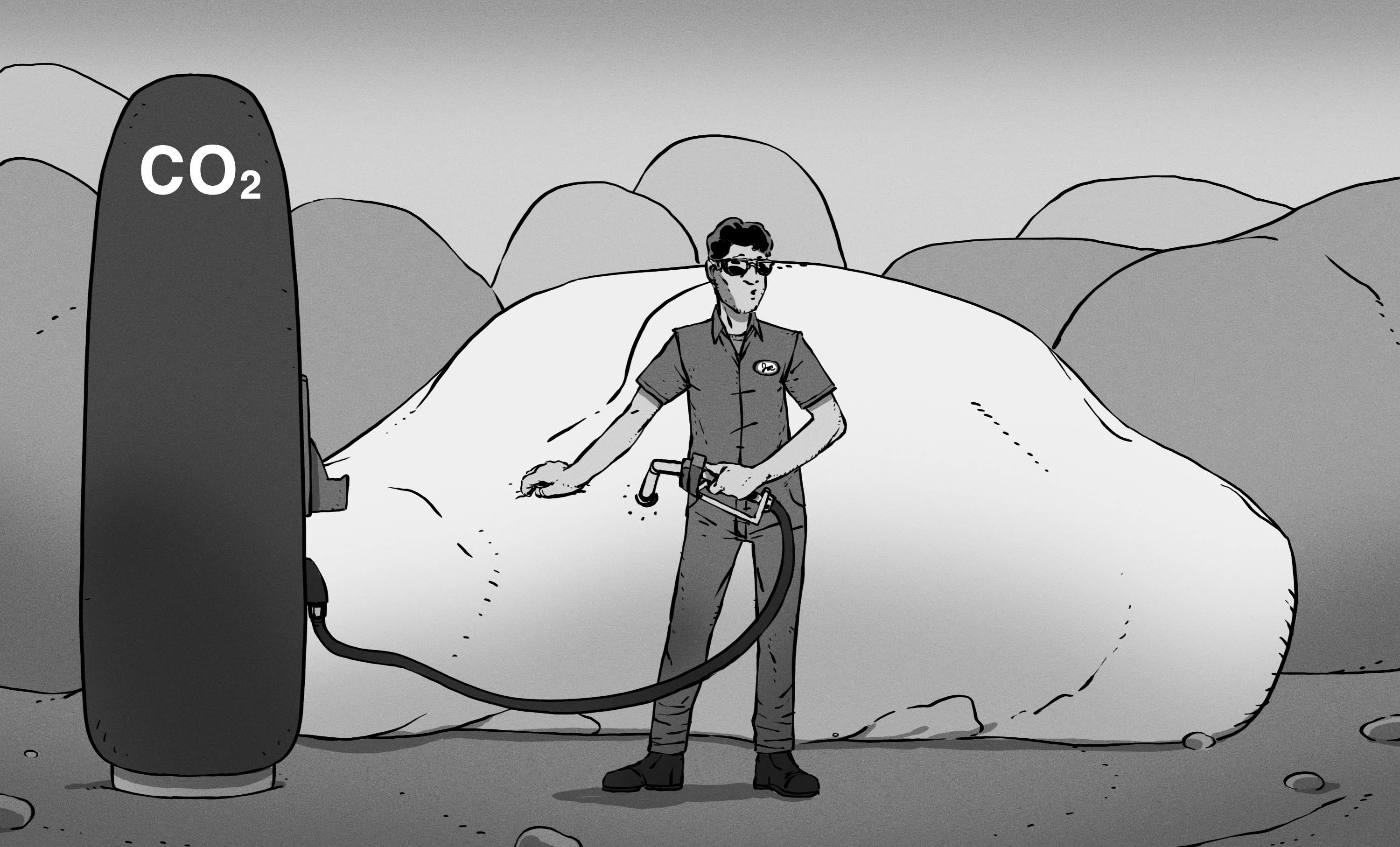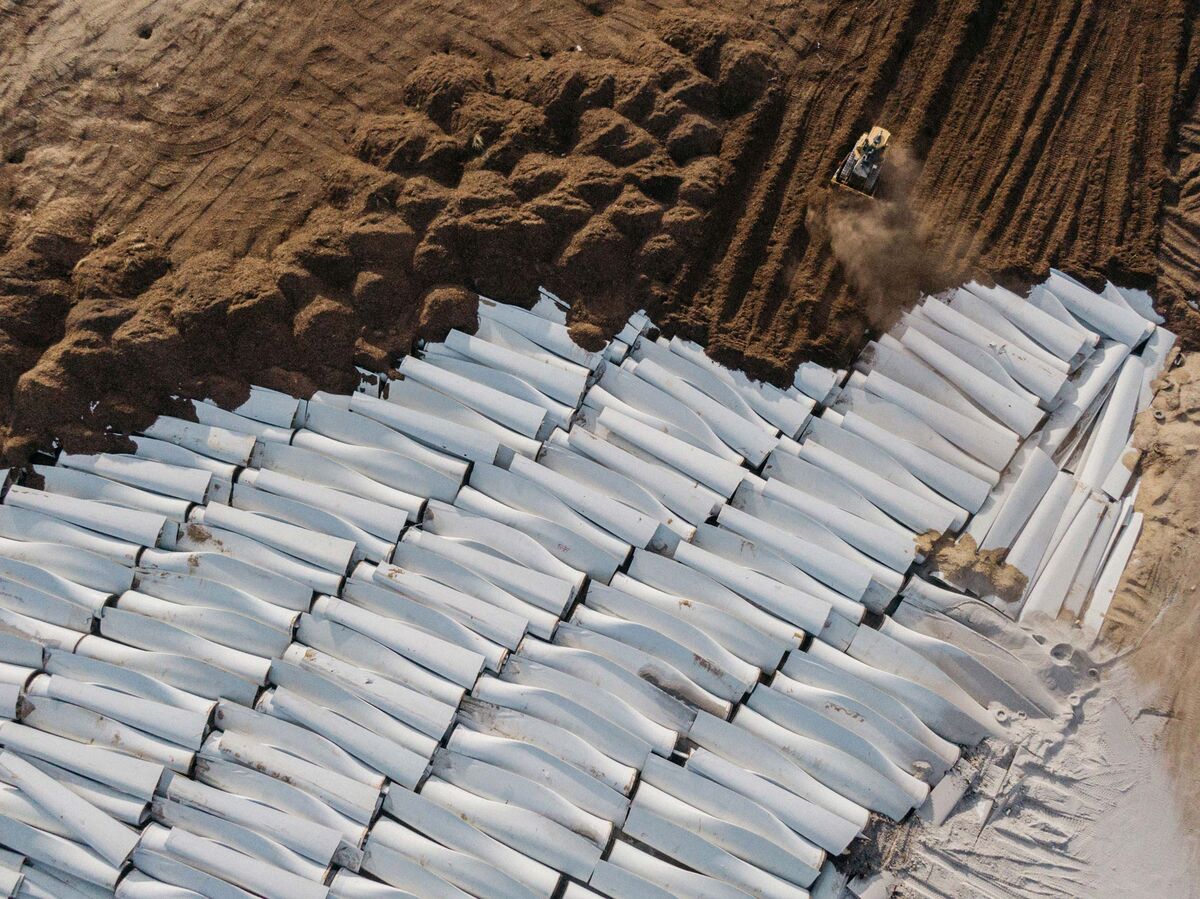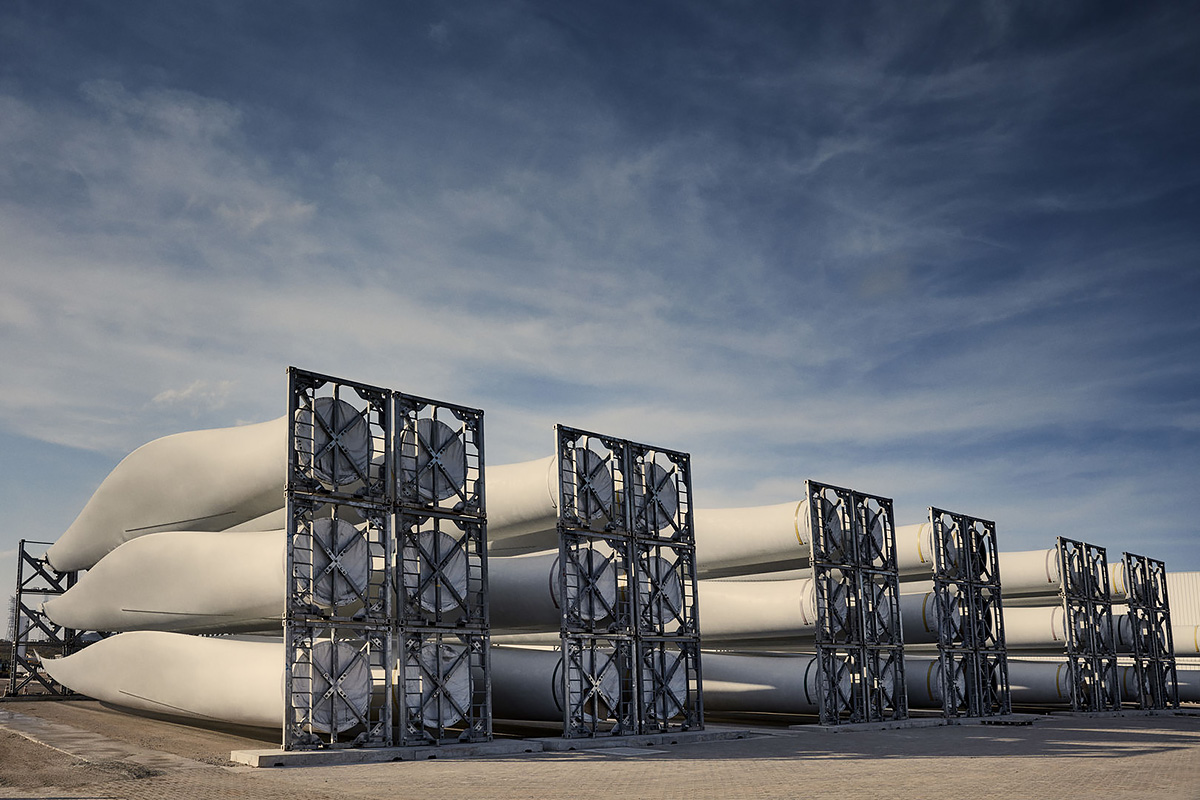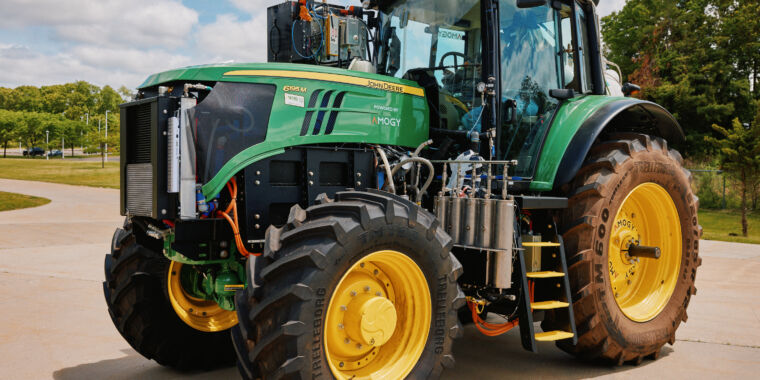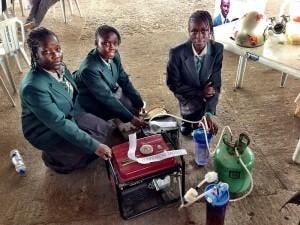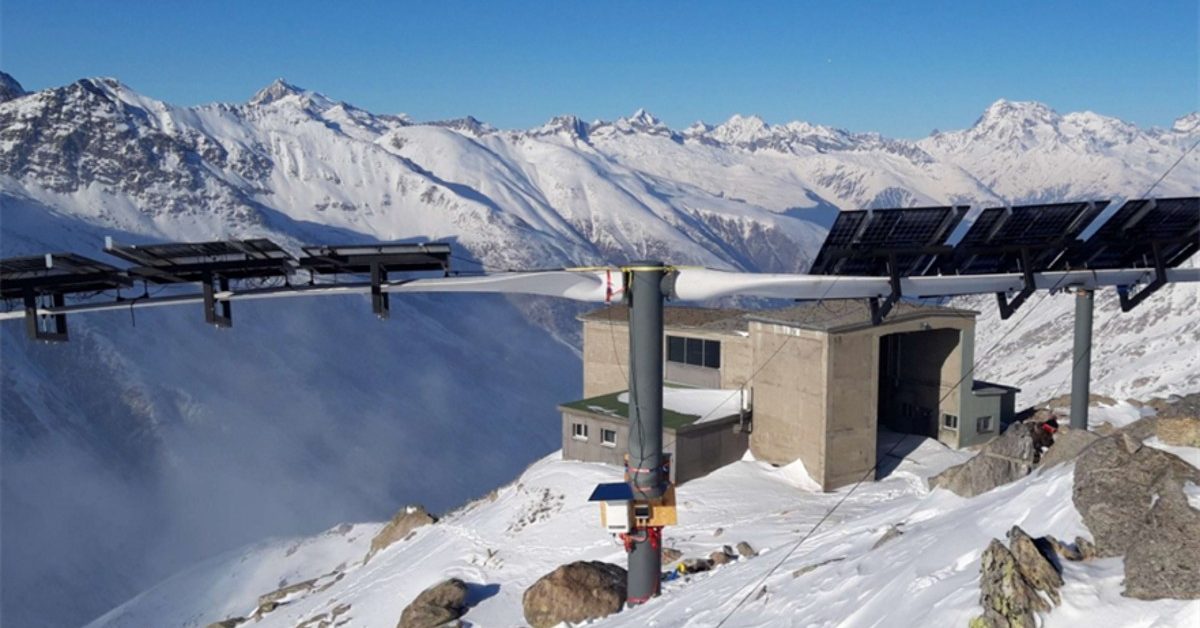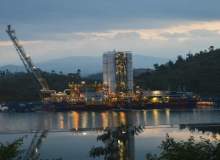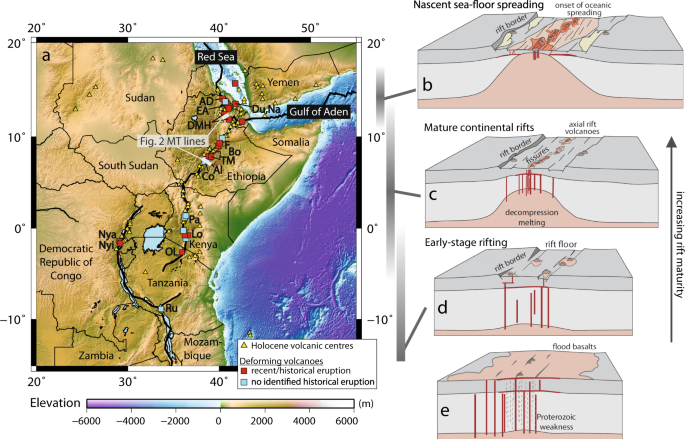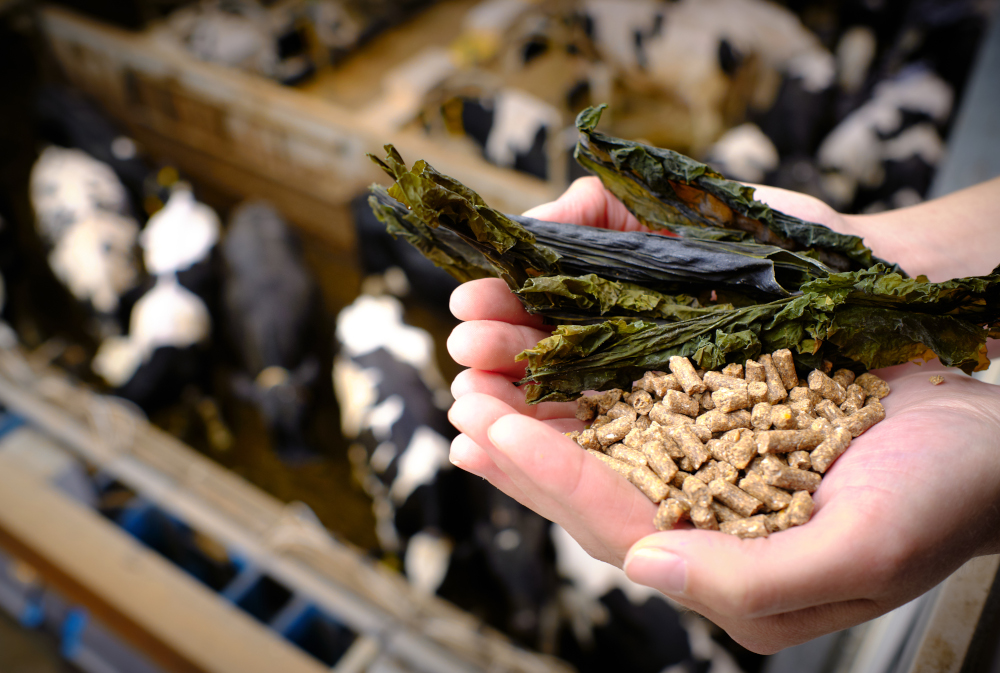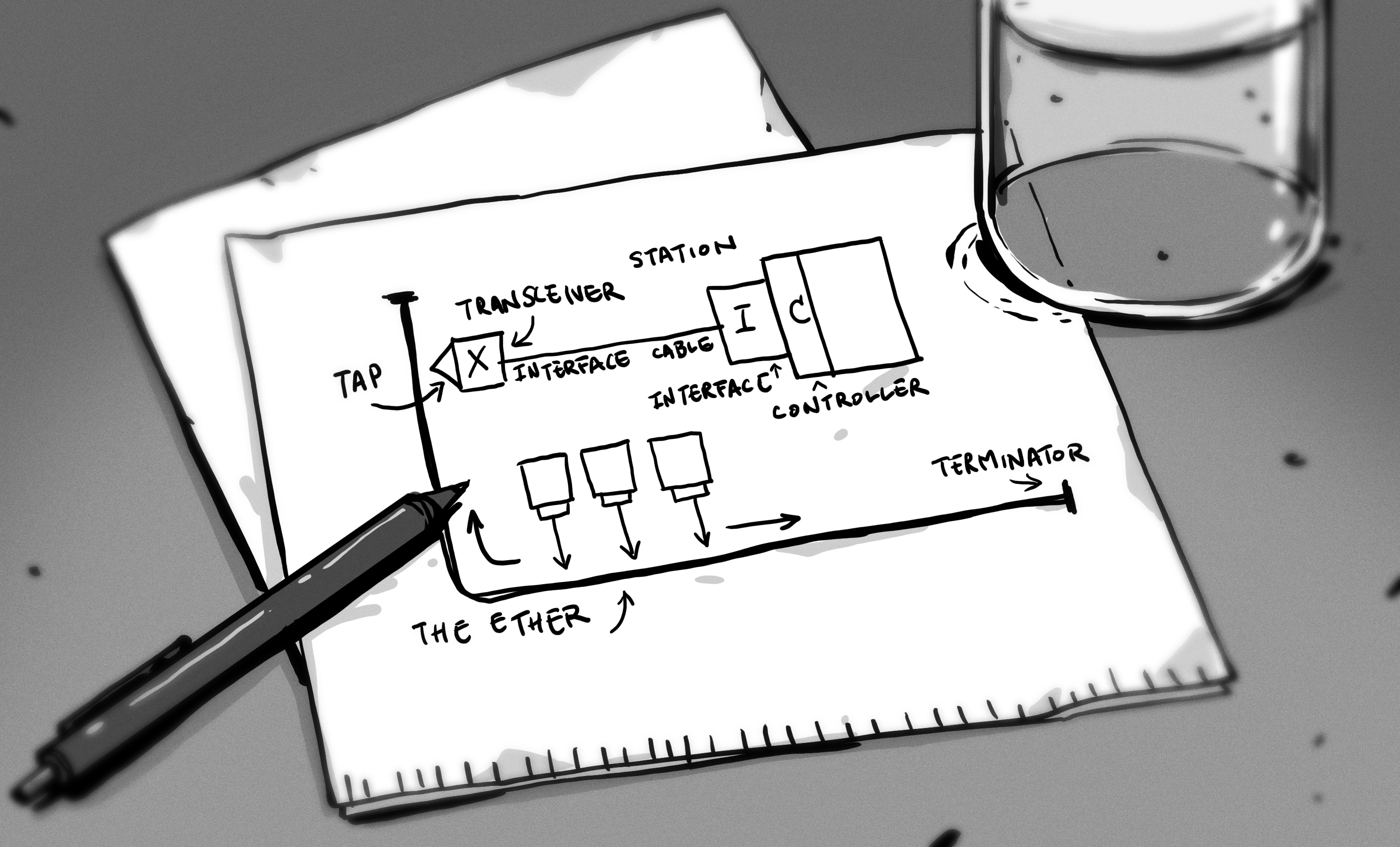Lake Kivu on the borders of Rwanda and Congo is known for its massive methane resources. And also CO2 resources. But let just focus on the methane for now.
The methane, just alike the CO2 is dissolved in the water and extracted to prevent the sudden release of the methane into open air. Lake Kivu can be found on the Albertine Rift.
There are of course worries about seismic activity.
This would be a waste as methane can be a powerful greenhouse gas, and al this methane would be released and would also be a danger for the people and other lifeforms.
Think about a similair scenario as what happened in lake Nyos, an vulcanic lake in Cameroon in the year 1986.
When a large cloud of CO2 that was released after an landslide was the suffocating cause of the death of many innocent unaware people and other mammals and other lifeforms.
Anyway, methane is a very abandunt and clean energy source when used properly.
So to solve these 2 problems, protect life and have an energy source, the methane is distracted from the water. Sort of free to be used.
Possibly there are below the bottom surface of the lake many methane reservoirs to be found but it is all very near the Albertine rift.
So, very dangerous to just meddle with without knowing exactly what the situation is.
As we all know, bacteria live abundant around us and also in water, if that may be deep waters or shallow waters.
The truth is that it is kind of a layered closed loop system.
Some bacteria produce methane (CH4), others consume methane and produce CO2.
Algea and other photosynthetic life consume CO2 , sunlight and H2O and produce with this carbohydrates and oxygen = O2.
Carbohydrates, we all know as sugars, aka food (if we do not eat too much of it).
This is a known fact, ask any biologist.
But because of several reasons i will mention, there is an imbalance with bacteria consuming methane and CO2 production and CO2 consumption by larger lifeforms.
Part of the problem is that we humans with our pollution and deforestation, accelerated the inbalance. But that is not the only reason, The other reason and the main source of the inbalance is tectonic behavior and crashed meteorites in the past, volcano's and LIPS (large igneous province) .
The inbalance that is sold as global warming, so it is part true but human pollution is the big problem we as humans create. So global pollution is the correct name we should keep in mind in the human world and should be mentioned on the news.
We as humans need to also make closed system energy systems. And we need to go into space. Because we ourselfs are getting too large in numbers. Which is natural behavior.
As a difference and a big reminder :
carbohydrates: hydrogen, carbon and oxygen.
hydrocarbons: hydrogen and carbon.
The KivuWatt Project involves the construction of an integrated methane gas extraction facility and independent power plant in two phases.

www.power-technology.com
Excerpt from the text :
"
September 2 2015
The KivuWatt Project involves the construction of an integrated methane gas extraction facility and independent power plant in two phases. The project will extract methane from Lake Kivu to generate electricity.
Construction works for the 25MW first phase of the methane gas-fired power plant began in August 2011 and the start-up and commissioning were initiated in June 2015. Construction of the second phase, which will add an additional 75MW, is expected to start six months after the full commissioning of phase one.
The project is being implemented by KivuWatt, a
subsidiary of ContourGlobal. The combined investment for the two phases is estimated to reach $325m, of which $142m has been earmarked for phase one.
One of the world’s deepest lakes, Lake Kivu is estimated to hold 60 billion cubic metres of methane gas (CH₄) and 300 billion cubic meters of CO₂ at a water depth of 350m. The harmful gases are expected to saturate the lake in 50 to 200 years, which poses a gas eruption threat to more than two million people along its shores.
KivuWatt gas extraction project details
The offshore facilities are situated 12.5km from the city of Kibuye, while the power plant is located on a 5.5ha site in the outskirts of Kibuye.
Project activities for the first phase primarily involved the construction and installation of a 750t floating barge integrating a gas extraction and treatment facility, a submerged, floating pipeline to transport the fuel gas ashore, an onshore gas receiving facility and power plant, and a temporary marine landing site (MLS) where the gas extraction facilities were assembled.
The extracted gas will be processed and pumped ashore for use by the power plant via a submerged floating pipeline. The power plant will produce electricity using three 20-cylinder Wärtsilä 34SG gas-powered engines that have a combined capacity of 25MW.
The second phase will involve the installation of nine additional
gensets with a combined capacity of 75MW, additional barges, gas extraction and treatment facilities as well as submerged pipelines.
Benefits of KivuWatt project
The project will mitigate the dangers associated with the release of CH₄ and CO₂ from the lake, as well as providing an environment-friendly and sustainable source of power generation. It will decrease the country’s use of diesel to generate electricity, reduce electricity costs and enable the country to achieve its target of reaching 563MW of installed power capacity by 2017.
As of 2011, Rwanda has an electrification rate of just 9% and 68.4MW of installed capacity. The KivuWatt project will provide power to 30 village electricity systems. It is also expected to generate approximately 200 construction jobs and 60 permanent jobs.
"
THE Government has applauded news of the successful testing of the first gas samples on the Kivu-Watt Methane Gas plant, a project on Lake Kivu expected to add some 25 megawats to...

www.newtimes.co.rw
Excerpt from the text :
"
Kenneth Agutamba
Friday, September 18, 2015
THE Government has applauded news of the successful testing of the first gas samples on the Kivu-Watt Methane Gas plant, a project on Lake Kivu expected to add some 25 megawats to the national electricity grid.
“This is a welcome development. It will add value to our energy mix,” said energy Minister James Musoni, in a brief text message to
Saturday Times.
Testing of the gas was done Thursday night after the successful re-installation of the first of four pairs of separators and subsequent extraction of the first samples, according to Jarmo Gummerus, the country director of ContourGlobal.
Gummerus said in a phone interview yesterday that the second pair of separators will be installed by end of the month while full gas production and subsequent commissioning of the plant will take place before the end of October.
American energy firm ContourGlobal was given a 25-year concession to produce 100 megawatts from Lake Kivu, the world’s only methane rich water body, and the successful completion of the first phase will be received as a major boost to the investor.
The multi-million dollar project is only in its first phase which was used as a pilot study for engineers to gain experience since nothing of its kind had ever been done before.
“We had no luxury to copy and paste because everything here was being done for the first time, it’s a learning phase,” Gummerus said in a previous interview.
As a result, several deadlines in the past were never met, starting with one in 2012 as complications kept emerging.
It has taken engineers over three million man-hours to witness the first gas flare since works begun seven years ago, and they will now have the luxury of copying and pasting on the next phases of the project.
Gummerus believes works on the second, third and final phases of the venture will be accomplished much faster because of experience and lessons obtained from the first phase, which he described in an earlier interview as a ‘lake-breaking.’
Earlier this month,
The New Times was granted access to the plant located on Lake Kivu in Karongi District and found engineers in a head scratching mood as they tried to fix last-minute technical malfunctions that had cropped up involving the ‘separators’.
The separators, long and wide metallic pipe drums weighing several hundred tonnes, separate gas from water before it’s processed into electricity.
But after sinking the first pair of separators into the lake, two months ago, it emerged that they were not functioning as expected and had to be reinstalled, a process that required flying in expert divers from South Africa and engineers from Germany.
The past few weeks have been spent troubleshooting; and the successful gas flaring exercise Thursday night means that the problems have finally been fixed and that the plant is nearly ready for fulltime production – a relief to both the investor and government.
“We should expect to have electricity from the plant to the national grid in mid-October,” Gummerus said.
When that happens, it will be an important milestone in Rwanda’s quest to conquer its energy inadequacy as pressure continues to mount from an ever-growing manufacturing base.
Powering Rwanda
Rwanda is currently being powered by an installed energy capacity of 161.2 megawatts but the country’s target is to have 563 megawatts by 2018; the addition of 25 megawatts from KivuWatt next month will be a firm step towards that goal.
"
This is an old image from the chicamod website describing the situation in Lake Kivu :
 As a sidenote : Article about seismic activity in lake Kivu :
As a sidenote : Article about seismic activity in lake Kivu :
New observations of volcanic and magmatic activity in Africa are changing our views of continental rifting and raising awareness of the associated hazards. However, despite a shift from crisis response to reducing disaster risks, limited capacity means mitigating geohazards remains challenging.

www.nature.com
Excerpt from the text :
"
Abstract
Over the past two decades, multidisciplinary studies have unearthed a rich history of volcanic activity and unrest in the densely-populated East African Rift System, providing new insights into the influence of rift dynamics on magmatism, the characteristics of the volcanic plumbing systems and the foundation for hazard assessments. The raised awareness of volcanic hazards is driving a shift from crisis response to reducing disaster risks, but a lack of institutional and human capacity in sub-Saharan Africa means baseline data are sparse and mitigating geohazards remains challenging.
"
and
"
Eruption style
Volcanic rocks erupted along the EARS are invariably rich in alkali elements with a reduced oxygen fugacity
89,
90, resulting in a viscosity up to two orders of magnitude lower than their calc-alkaline counterparts for a given temperature
89,
91. This relatively low viscosity combined with high volatile contents
18 has important implications for the outgassing potential of the magmas and thus eruption dynamics
19. The effect of low viscosity of the magmas is most pronounced in the extreme mobility of the melilite-nephelinite lava flows of Nyiragongo, which have recorded speeds of up to 100 km/h
92. The potential of fractures opening on the volcano’s southern lower flanks, as happened in 1977, 2002 and 2021, especially puts the urban area of Goma at risk
25,
93 and could potentially also lead to phreatic explosions from lava entering Lake Kivu or highly explosive phreatomagmatic activity if ascending magma were to interact with shallow groundwater and/or lake water
94.
"




